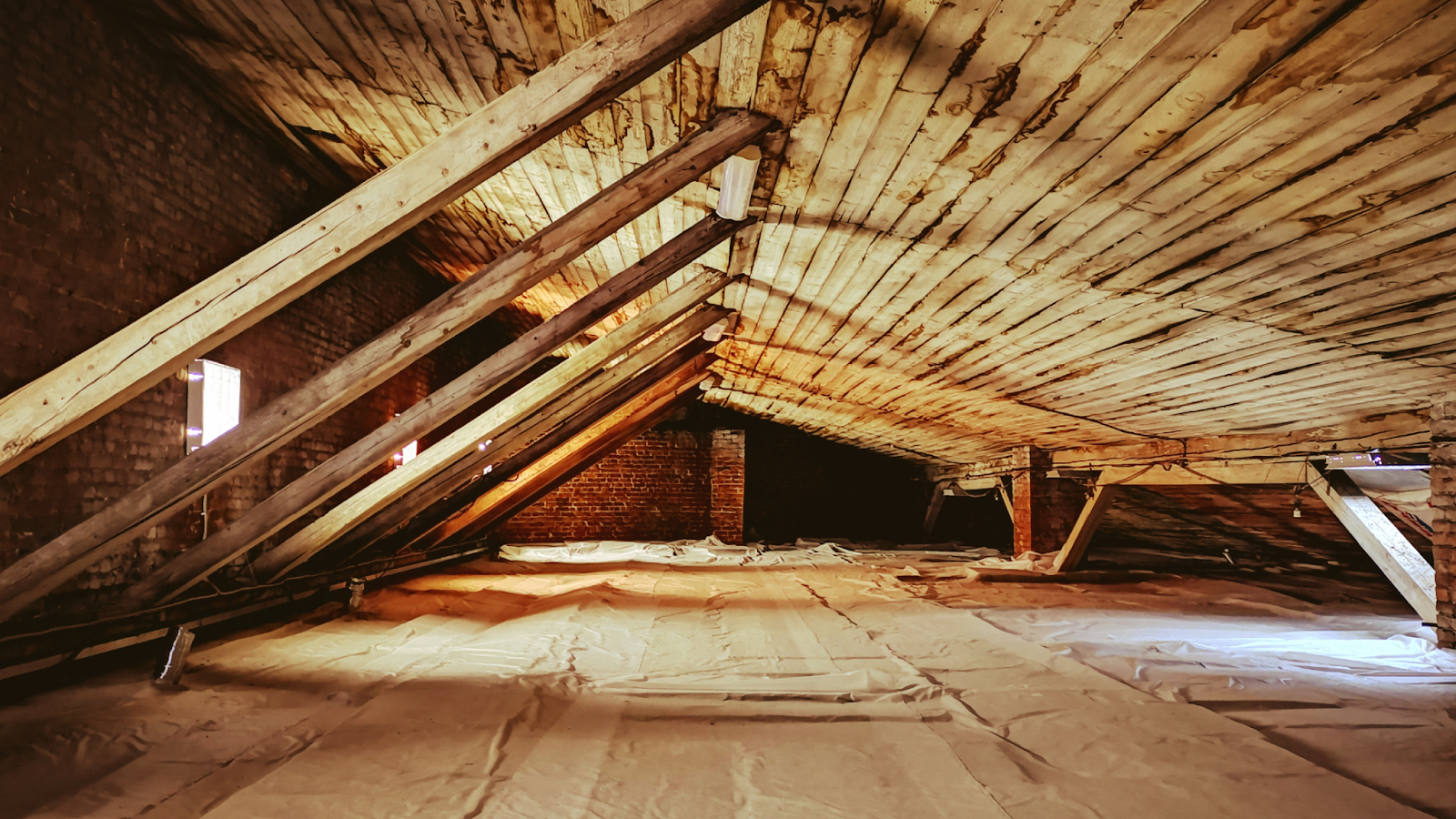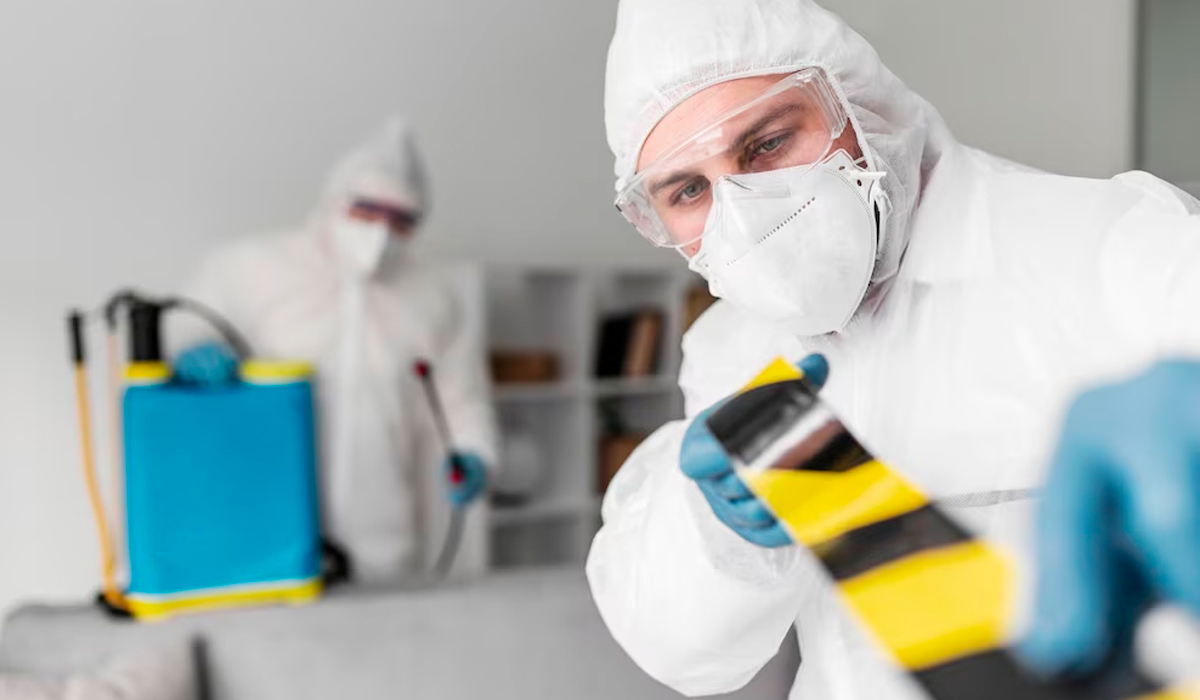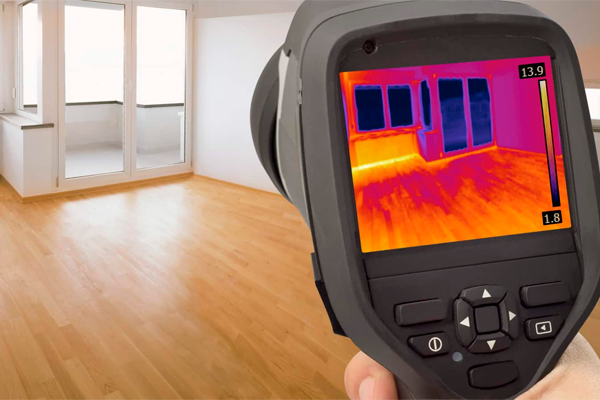
Mold Testing in Attics: Ensuring a Healthy Home Environment
Mold growth in attics can pose significant health risks and risk the integrity of your home. Therefore, thorough mold testing is essential to identify and address any potential issues quickly. In this article, we will explore the importance of mold testing in attics, delve into the topic further, and provide you with valuable insights to safeguard your home and loved ones.
Understanding Mold Growth in Attics
Mold growth in attics can result from factors like moisture buildup, inadequate ventilation, or roof leaks. It is crucial to be alert and recognize common signs of mold growth, such as musty odors, visible mold growth, or airway issues.
The Importance of Mold Testing
Mold testing plays a pivotal role in evaluating the extent of mold pollution in attics. By conducting comprehensive tests, professionals can well determine the type of mold present, as well as its density and potential health risks associated with it.
Steps in Mold Testing
- Initial Inspection: A certified mold inspector will conduct a thorough assessment of your attic, carefully examining visible signs of mold, water damage, and other contributing factors. By doing so, they can determine the extent of the issue.
- Air Sampling: We use specialized equipment to collect air samples and measure the density of mold spores in the attic.
- Surface Sampling: We take samples from affected areas within the attic to identify the specific type of mold present and assess its extent.
- Laboratory Analysis: We send the collected samples to a reputable laboratory for analysis, which provides accurate results to guide the mold remediation process.
Benefits of Professional Mold Testing
- Accurate Assessment: Through professional mold testing, a comprehensive evaluation of mold presence and severity is conducted, thereby providing a clear understanding of the situation. Additionally, this assessment allows for informed decision-making regarding further steps to be taken.
- Health Protection: Identifying the type of mold helps us determine potential health risks, enabling us to implement appropriate remediation measures.
- Effective Remediation: Reliable test results guide mold remediation specialists in implementing targeted and efficient removal strategies, effectively addressing the problem.
DIY Mold Testing in Attics
Although experts strongly recommend professional mold testing for accurate results, homeowners have the option to perform DIY testing. However, it’s important to note that these tests may not provide the same level of accuracy and expertise as professional inspections.
Mold Testing Results Interpretation
Interpreting mold testing results can be complex; however, it requires professional expertise. Certified inspectors can help you understand and act on their findings. They will recommend appropriate actions for mold remediation, and make sure it is well removed from your attic.
Prevention and Maintenance Tips
To minimize the risk of mold growth in your attic, consider the following preventive measures:
- Ensure proper attic insulation and ventilation.
- Promptly repair any roof leaks or water damage.
- Regularly inspect your attic for signs of moisture or mold.
- Maintain moderate indoor humidity levels.
- Clean and dry any water-damaged items promptly.
Conclusion
Mold testing in attics is crucial for keeping a healthy living environment and safeguarding your home from potential damage. Additionally, by promptly identifying and handling mold growth, you can ensure the well-being of your loved ones. Moreover, it’s important to remember that professional mold testing provides accurate results and expert guidance, aiding effective mold remediation and ultimately ensuring a safe, mold-free attic.




